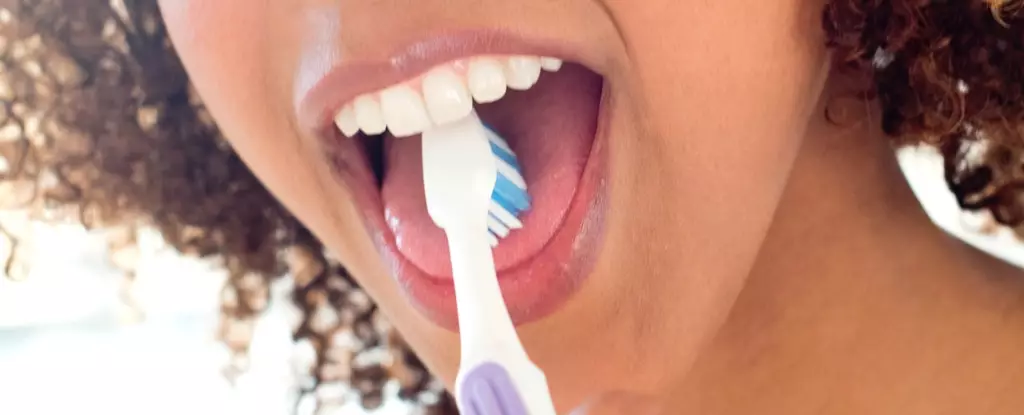When visiting your healthcare provider, you may have encountered the familiar phrase, “Stick out your tongue.” This seemingly innocuous instruction goes beyond mere theatrics; it serves as a critical diagnostic tool. The tongue is not just a muscular organ responsible for taste and speech; it provides valuable insights into our overall health status. By observing its color, texture, and any unusual coatings, healthcare professionals can gather information indicating potential health issues, nutritional deficiencies, or infections.
Regular tongue examinations can be easily incorporated into daily dental routines, allowing individuals to remain aware of their health without the necessity of a doctor’s appointment.
Anatomy and Function of the Tongue
The tongue comprises eight pairs of muscles that work in concert to facilitate a range of functions essential to daily life, from consuming food to articulating speech. The outer layer is adorned with tiny projections known as papillae, which contribute to its unique texture. While commonly confused with taste buds, only a minor fraction of the tongue’s approximately 200,000 to 300,000 papillae possess the abilities to identify flavors. In fact, the average adult has around 10,000 taste buds, strategically located on the tongue’s tip, sides, and back.
Conversely, the health of a person’s tongue can often be determined by its appearance. A healthy tongue is predominantly pink, although shades can vary from light to dark. Mild white coating is typically a benign observation, whereas significant discoloration or alterations could signal underlying health issues, necessitating further investigation.
Cultivating good oral hygiene practices is essential for maintaining a healthy tongue and, by extension, overall well-being. Adequate tongue cleaning requires only 10 to 15 seconds and can significantly improve breath freshness in addition to health awareness. Utilizing a toothbrush or a specific tongue scraper can effectively eliminate food residue and oral bacteria that accumulate on the tongue’s surface. Regular maintenance not only fosters fresh breath but is also integral to preventing chronic infections linked to the oral cavity.
Much like any human organ, the tongue can exhibit various signs when health issues arise. One common observation is the presence of a white coating, typically indicating an accumulation of bacteria and food residuals. Should you notice this, resuming tongue scraping or brushing can usually rectify the issue. Nevertheless, should the white coating persist or be accompanied by other symptoms, it may be wise to consult a healthcare professional specializing in oral health.
Oral thrush, a potential fungal infection characterized by a white, raw surface on the tongue, can frequently manifest in individuals with compromised immune systems or specific health conditions such as diabetes. Treatment often necessitates an antifungal medication regimen prescribed by a doctor.
In addition to fungi, other less obvious changes can indicate trouble. For example, a condition colloquially referred to as “black hairy tongue” arises from bacterial overgrowth and poor oral hygiene. Individuals who consume a lot of strong-colored foods and beverages—think coffee or turmeric-laden dishes—may find their tongues taking on a peculiar appearance.
Another phenomenon, known as “geographic tongue,” can appear as pink patches surrounded by a distinctive white border. Though its cause remains unknown, it usually does not require any specific treatment. Conversely, red, sore tongues can point to numerous maladies or indicate a lack of critical nutrients, warranting further examination.
Behavioral and Environmental Factors
Several factors impacting tongue health can be behavioral. For instance, smoking and poor dietary choices can lead to significant changes in tongue appearance. Medications prescribed for various conditions can cause dry mouth, which poses risks, making regular tongue checks crucial. Conditions that result in white or red patches, ulcers, or any persistent lesions are alarming and should prompt immediate consultation with a dental professional due to a potential correlation with oral cancers, which often go undiagnosed until it’s too late.
Regular self-examination of the tongue serves as a proactive measure in monitoring health. The tongue can be a silent messenger, conveying vital information beyond taste and speech. By integrating tongue checks into everyday routines, individuals empower themselves with the knowledge to maintain oral health and recognize when it’s time to seek professional advice. A healthier future begins with awareness—one glance at your tongue can make a difference.


Leave a Reply